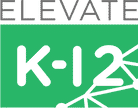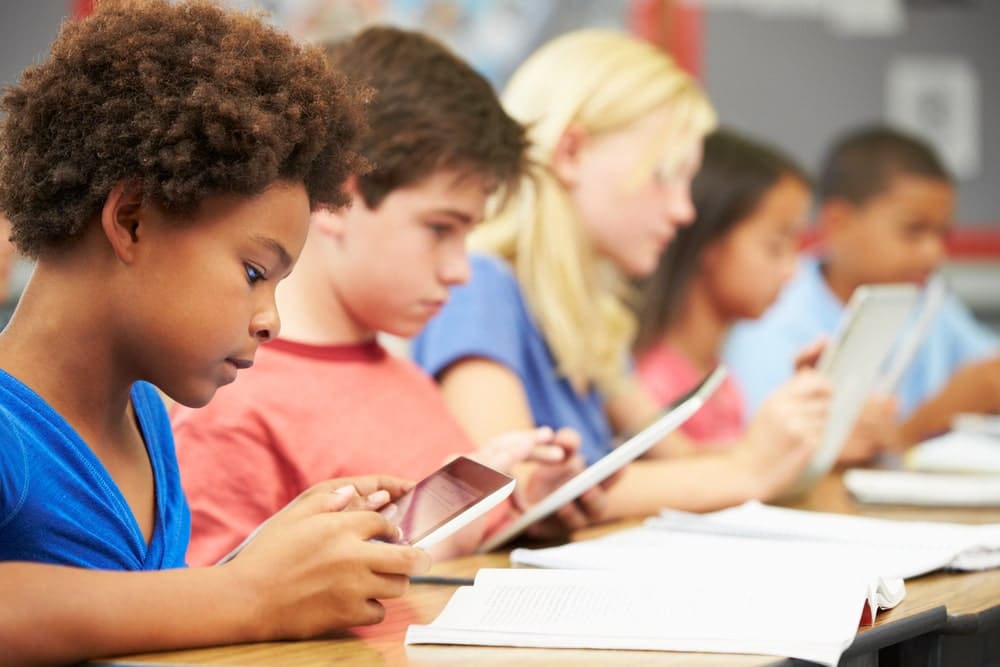The teacher shortage is a complex and serious issue, and everyone seems to have a perspective on it. With a myriad of angles and voices, it can be difficult to really understand the situation. We could focus on the politics or the economics of the issue, but it really boils down to something much simpler and more important: the students. After all, the purpose of education is to help students learn. And how does the teacher shortage affect students? This guide explores a number of ways the teacher shortage impacts students, and presents an innovative solution that is helping thousands of schools in several hundred districts solve their teacher shortage problem.
6 Ways the Teacher Shortage Impacts Students
The teacher shortage impacts students in a number of ways. Let’s take a look at just a few of the negative repercussions.
1. Disrupts Learning
The teacher shortage creates an unstable environment. This can be really tough for kids because they often need to adjust to changes before they can get around to learning. Even when students adjust to changes rather easily, disruptions in course organization, material, and instruction can severely disrupt learning.
2. Limits Relationship Development
Teachers can have profoundly positive impacts on students. We all remember a teacher, or perhaps several teachers, who inspired us and challenged us to grow. Chances are those memories are tied to relationships and many experiences, not just a singular event. It is possible to change a student’s life in a very short period of time, but there is a lot of value in taking the time to build trust and respect. Unfortunately, the teacher shortage limits opportunities for relationship development and makes it harder for students to really connect with their educators.
3. Hinders Achievement
Achievement really has two parts: performance and recognition. The teacher shortage challenges both aspects of achievement. Schools may have to cancel courses or staff classes with teachers who lack resources, preparation, or certification in the subject matter. Furthermore, achievement is less likely to be noticed and celebrated if different substitute teachers are providing instruction or a class is canceled.
4. Lowers Graduation Rates
For some students, one inspiring teacher is the pivotal support that helps them cross the finish line and graduate. Teacher shortages make it easier for students to fall through the cracks. Underprepared, underqualified substitute teachers may not be as attuned to tracking absences, perceiving differences in student behaviors, and picking up on challenges that students may be facing.
5. Reduces Educational Opportunities
Teacher shortages lead to missed or insufficient learning opportunities. There may be a discontinuity in the delivery of instruction, and key concepts may be overlooked altogether. These occurrences limit the educational opportunities that students can and should receive.
6. Marginalizes Minoritized Students
Teacher shortages are hard on everyone, but unfortunately, the situation disproportionately impacts students who are already marginalized or disenfranchised by the education system. Students of color, students with disabilities, students from low-income families, and students from rural communities need and deserve exceptional education opportunities to help them overcome the challenges they are facing. However, these students are more likely to be in districts and schools with fewer resources and more severe teacher shortages.
Elevate K-12 Online Schooling
The teacher shortage is a problem that will likely never fully be resolved. There are a number of effective ways to solve and prevent a teacher shortage (link to copy), but some of these steps are more attainable than others. While raising teaching salaries and providing competitive benefit packages will certainly transform the education landscape for the better, these improvements are likely not something that can be arranged in the immediate future. Plus, well-compensated teachers still need days off.
To proactively solve a teacher shortage problem, partner with Elevate K-12 to bring certified, professional, fun, passionate, energetic, caring teachers into your classrooms. When an in-person teacher can’t be found, Elevate K-12 Livestream Teachers can bring classrooms to life. Our teachers have U.S. teaching certifications, they are highly-engaging, and they have special training to inspire students in live classroom environments.
We equip our teachers, students, and a paraprofessional with the technology they need to succeed in the classroom. Our technology replicates many of the features of face-to-face teaching, allowing for fluid interaction between student and teacher. The Elevate platforms are equipped with interactive and engaging tools that incorporate social and emotional learning into the class setting. The curricula and lesson plans are built by our curriculum experts, aligned to state and national standards, and customizable to fit the scope of each district.
Elevate K-12 currently operates in 27 states and is rapidly expanding to new states across the U.S. in K-12 schools. For more information about Elevate K-12 online schooling, visit www.elevatek12.com and follow us on Facebook, Twitter, and LinkedIn.

